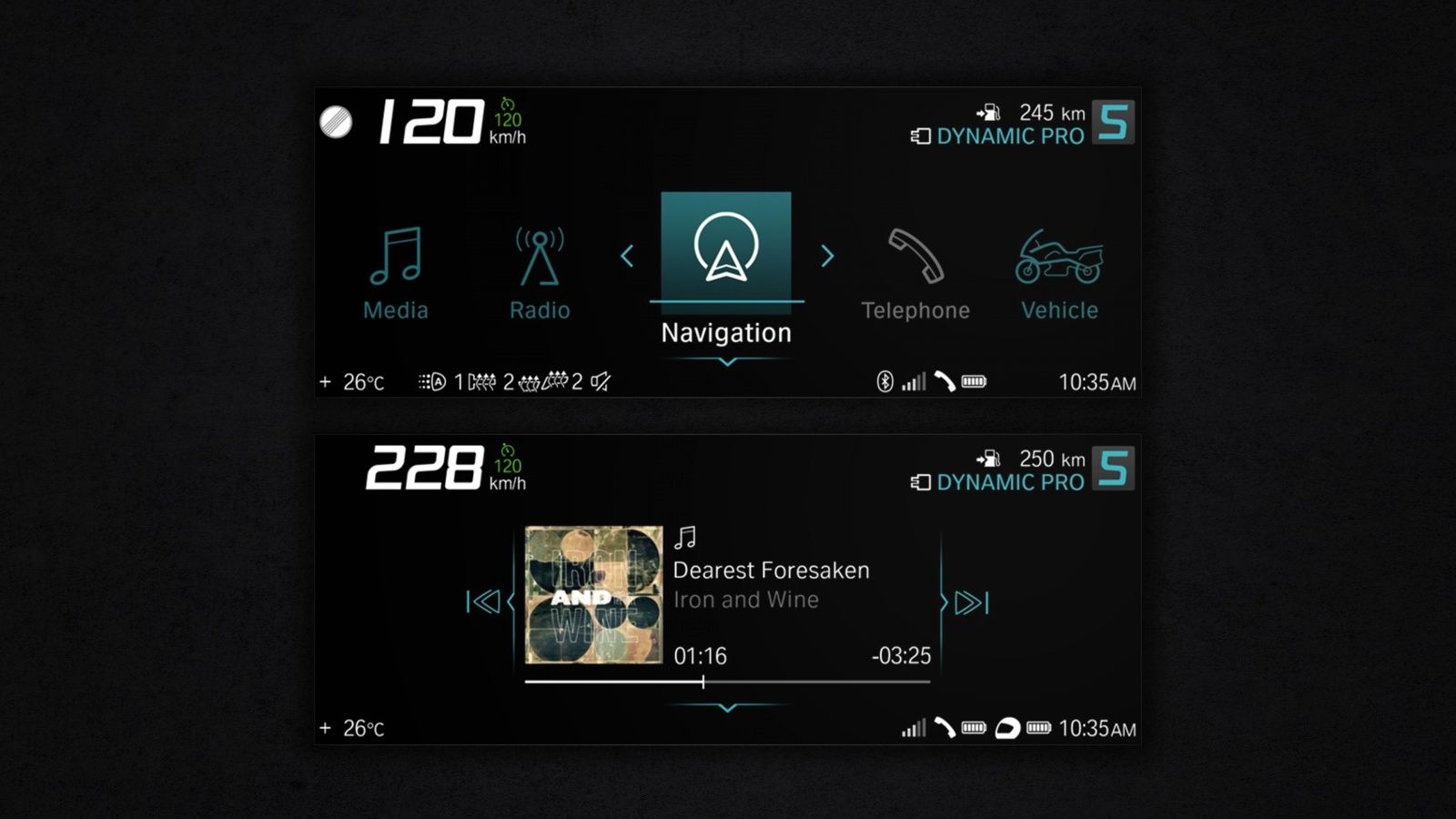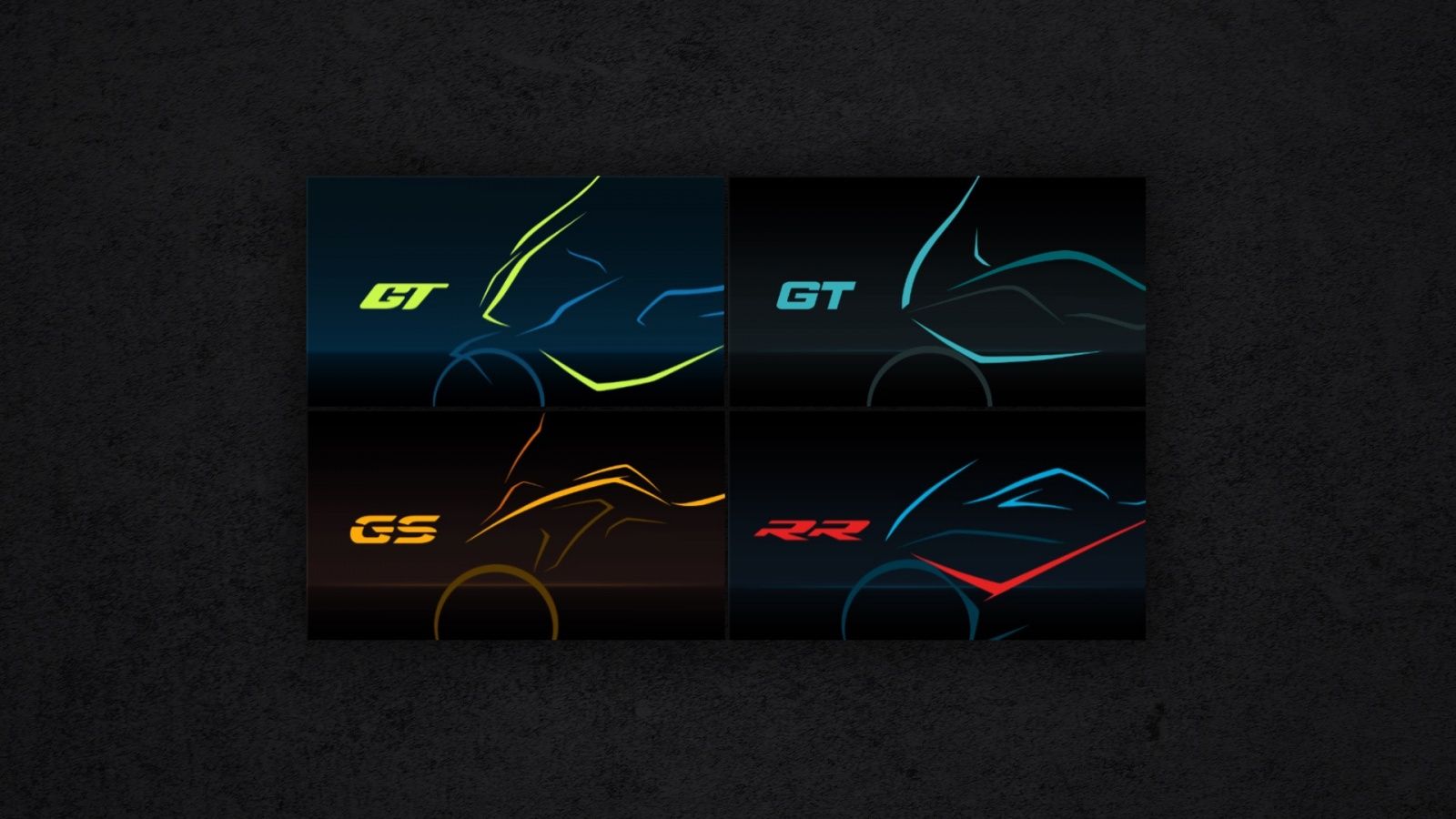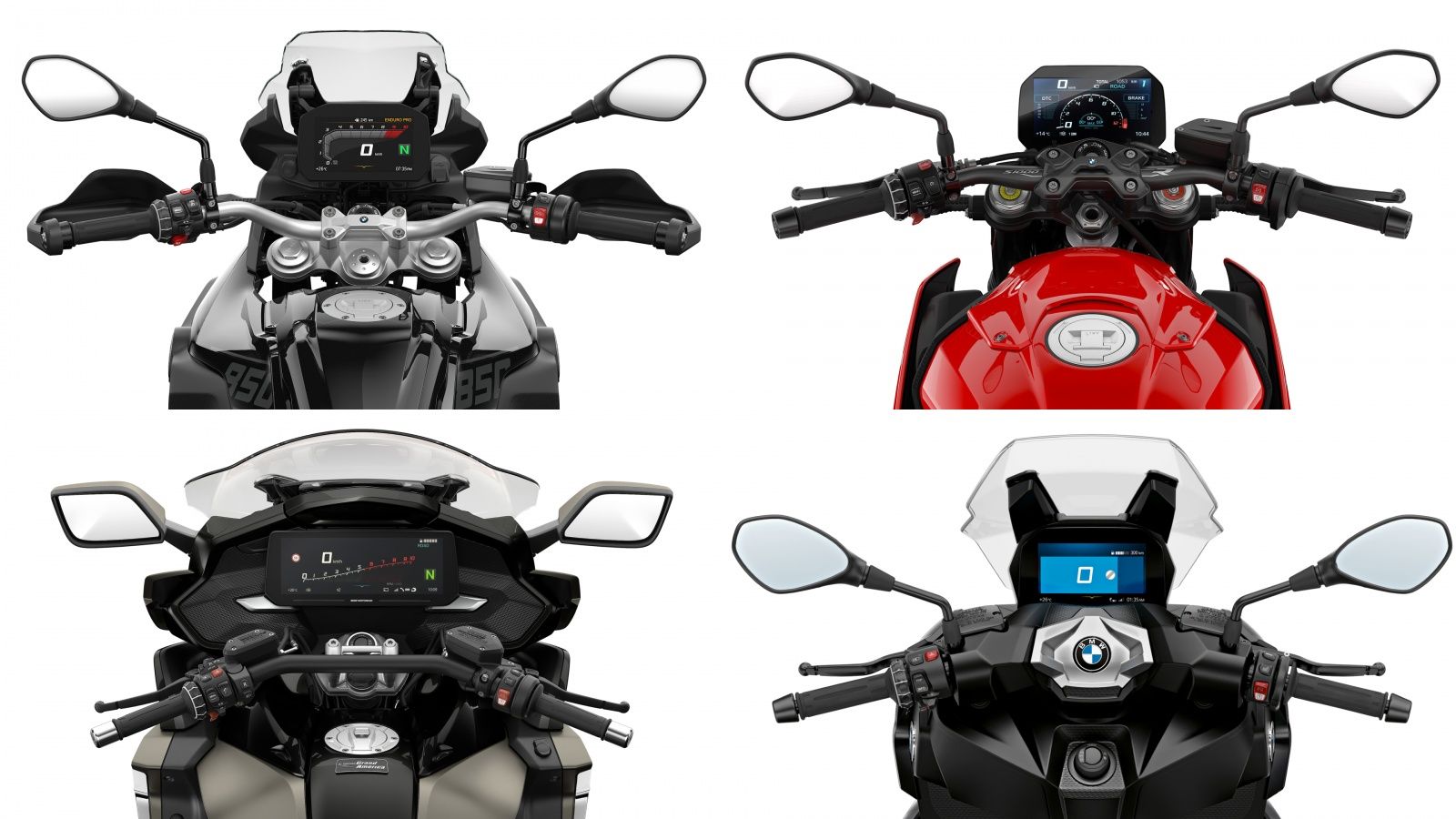 BMW Motorrad.
BMW Motorrad. Universal Platform—Vendor
Universal Platform—Vendor
BMW Motorrad
A Digital Makeover

A step into the digital age.
Our task was to rethink and redesign the rider experience for the legendary brand of motorcycles while creating a bespoke, digital experience that respects the needs and desires of different types of riders. And just to make things a little more challenging, we had to do it on a universal platform. A back-end computing unit that is neither brand-specific nor rider-specific. In fact, it’s so ubiquitous that it is even used by competitors.
The digital experience for BMW Motorrad was built on that same universal platform. Still, you wouldn’t know that just by looking at it.
The resulting visual framework began a new era of instrument clusters for BMW Motorrad. This integration of navigation, communication, and media players into a single interface concept fulfills the motorcyclist challenges of legibility and reduced distraction while conveying the distinct design characteristics of the four respective experience worlds: Adventure, Tour, Race, and Urban.
With BMW Motorrad Connected, you can use the functionality of your smartphone—be it calls, music, or navigation—all from the bike’s clear display. Via Bluetooth, you can connect the motorcycle, smartphone, and helmet to the multi-controller on the handlebars. So you always have the right playlist in your ears, stay in touch with your friends and never lose sight of your goals.

Respecting Rider Diversity
Like a BMW M driver would have sportier expectations than a BMW i3 driver, the same goes for motorcycle riders. A race rider going to a track day has different requirements than an urban scooter rider, which rarely exceeds 35 miles per hour. Before starting with the visual aesthetics, we took the time to define the fundamental experiences of each type of rider.
The BMW Motorrad ConnectedRide product family can interconnect via Bluetooth and the BMW Connected App. With this platform, more features and products will follow to make the riding experience even easier, safer, and more comfortable—no matter where and with which bike you are riding.

“First you try to understand the needs and desires of your audience, and then you work towards providing the right interface for it.”
The four distinct interfaces represent the different riding worlds: Sport, Adventure, Tour, and Urban. The visual display of information and the user interaction with them can, at times, be completely different. Not just for the sake of variety but because the underlying riding experience changes drastically depending on the context.
For example, Sport has a very linear gauge with speed and tilt angle. Going around a turn on the track, this is the kind of information you need to know, so you don’t lose traction and slide. On the other hand, Adventure is made for the off-road, dirt-biking types and has a big bar graph for the RPM.

Leveraging layout, color, graphics, and behavior to bring these four characters to life, we created four interfaces that look very different from one another. And indeed, very different from the original and the competition. But the real differentiation does not come from the visual language. It’s the overall riding experience that defines it.

“Making things glanceable is one of the big challenges for transportation design in the modern era.”
Designworks has been a critical partner in developing the automotive UX/UI experience across all brands at BMW. So, you could say that we have a decent amount of experience in digital interface design, particularly in the mobility sector. One of the biggest challenges throughout these experiences is making things glanceable, presenting information in such a way that it can be understood within a fraction of a second.
However, thanks to their unique driving context—two wheels, exposure to weather elements; sun, glare, rain, and wind—that challenge gets an extra upgrade when it comes to motorcycles.
Our focus was to create a straightforward yet modern interface. We reduced the level of complexity, kept the information that is absolutely necessary to the rider, and really ramped up the boldness and the graphic quality of the interface. Things are easy to read, even with a helmet on your head and the sun glaring in your visor. As a rider, you can see essential graphics out of the periphery of your vision without taking your eyes off the road.
Our studios worked closely with a very creative and interdisciplinary BMW internal team on design development over several years.

“One of our strengths is creating this branded experience that works in a transportation setting, finding ways to maximize differentiation and really bring forward those brand values and brand experience that we want the end user to have.”
As mentioned before, it’s not always possible to develop a platform from scratch. When you have the right skills and experience, it doesn’t matter if the platform is universal or proprietary. As long as you invest the time and effort to understand the user’s needs and the experience they desire, you will be able to develop a brand-appropriate and user-relevant experience. That’s the strength and beauty of human-centric design.







